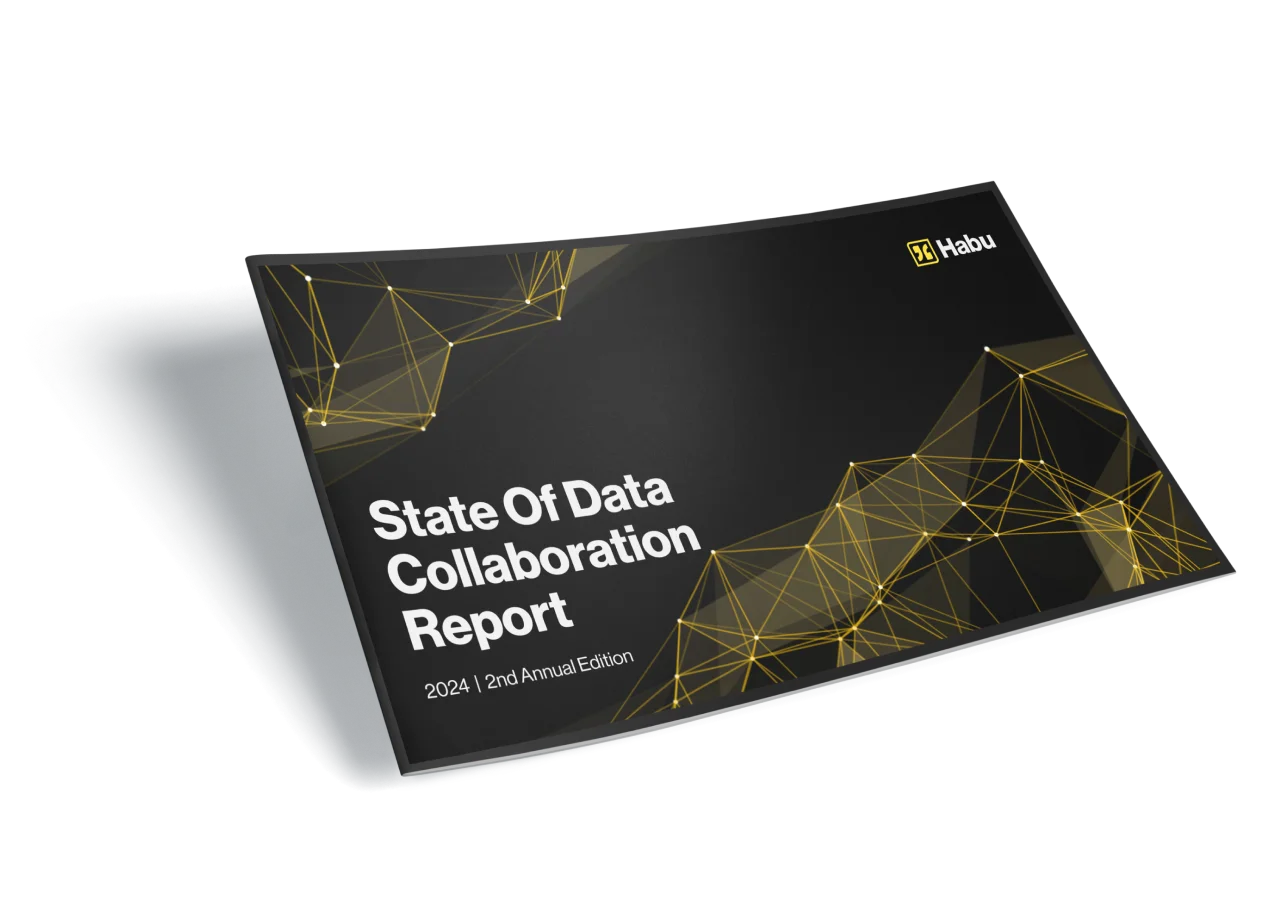In the fast-moving business world, companies strive to maintain internal systems and processes that work together to power organizational productivity and growth. External analysts have demonstrated that achieving this kind of functional interoperability lowers complexity while driving agility, customer experience, and scale — to say nothing of long-term value.
The same is true for your data collaboration practice. It’s extremely unlikely that any of your potential collaboration partners will share the same technical stack — your cloud data warehouse, your identity solution, your AdTech/MarTech tools, etc. — and thus your interoperability with your partners will make the difference between cumbersome, low-return engagements and seamless, high-value collaborations.
That raises two fundamental questions with profound effects on your data collaboration initiatives: what, exactly, do we mean by interoperability, and how do we ensure interoperability with all current and future partners? Many clean room vendors make generic claims of being “interoperable”, but there are multiple layers of interoperability to consider, and many data clean rooms simply don’t provide the end-to-end interoperability that you’ll need to truly streamline and accelerate your data operations.
Peeling back the onion of interoperability
To understand all the implications of interoperability, let’s look at it from four perspectives:
- Data connections
Interoperability begins with the essential linkages in any data collaboration — your data connections. For optimal efficiency, you want a simple, transparent process when establishing connections from your own cloud resources to walled gardens or the data platforms of your partners. To be truly interoperable on this level, your data clean room must be able to quickly and easily connect to all the major cloud platforms — without data movement — giving you unrestricted access to vast amounts of valuable data, no matter where it resides.
- Cloud vendor clean room patterns
Next, we get to the level of “pattern”. When it comes to walled gardens and cloud clean room platforms, no two vendors operate in precisely the same way; each has a specific pattern of operations and protocols. In the old days, a manual, code-intensive software integration would be required to enable data collaboration with each cloud vendor. Today, the most advanced data clean rooms offer a higher-level of abstraction that automatically handles orchestration with any cloud vendor clean room.
For example, you may have all your data on Snowflake, while your new data collaboration partner uses Amazon S3. With a fully interoperable data clean room solution, you can use a Snowflake clean room to access data on both platforms and run analytics against that data without ever getting into the weeds of data connections and management.
- Identity solutions
Integral to the vast majority of data clean room operations, identity solutions are a focus for many clean room vendors. For some, the claim of interoperability relates exclusively to the identity solution itself, but does not solve all the other pieces of the interoperability puzzle, leaving you with less than end-to-end interoperability.
Moreover, true interoperability at this level means being able to use your clean room vendor’s built-in identity solution — or, depending on your use case and partners, another identity solution of your choosing. Flexibility here will greatly expand your ability to power a rich diversity of use cases.
- Moving to AI: models and code
As your data operations mature, you’ll inevitably begin to expand your work with model development and proprietary code. These AI constructs will be critical IP for your business, and you’ll want to ensure you have the means to share them — and derive value from them — just as you have with your data. Since not every data clean room is capable of supporting a variety of coding languages and training/inference options, you’ll want to ensure that your model and vendor are fully interoperable.
It may be interoperable, but is it simple?
There’s one more lens through which we should evaluate claims of interoperability, and that’s complexity. Walled gardens and major cloud platforms offer their own data clean rooms, but these solutions are typically either a) designed for data collaborations in which all partners use the platform’s resources, or b) fairly technical, requiring IT, data engineering, and data science expertise to operate, or c) all of the above. Similarly, dedicated clean room vendors may offer a version of interoperability that nevertheless requires advanced data engineering expertise.
That’s not what you want. Highly technical interoperability in your data clean room will be of little use to your business users and other non-IT teams; it will dramatically slow your workflows, and it will require you to field technical experts that you might not otherwise need. Instead, look for a data clean room solution that achieves not just interoperability across the dimensions we’ve discussed, but technically simple interoperability. That means no heavy coding or complex workarounds required to make data accessible. It also means an easy-to-use interface that’s consistent across clean rooms to reduce complexity and training for new users. And, it means a simple experience that democratizes the data you’re analyzing among all your data stakeholders — while maximizing its value.
Don’t settle for incomplete interoperability
In recent years, we’ve all become accustomed to the simplicity and intuitive experience of the cloud. With the emergence of the modern data clean room, customers now expect the same cloud-model ease of use in their data collaborations, and that begins with seamless data clean room interoperability across multiple dimensions. So, as you evaluate your vendor options, ask about interoperability in terms of data connections, cloud clean room platforms, identity solutions, AI constructs, and above all the simplicity of the solution itself. That’s how you accelerate and seize a data collaboration advantage over the competition — with 100% interoperability.
Need more info on interoperability? Talk to us


